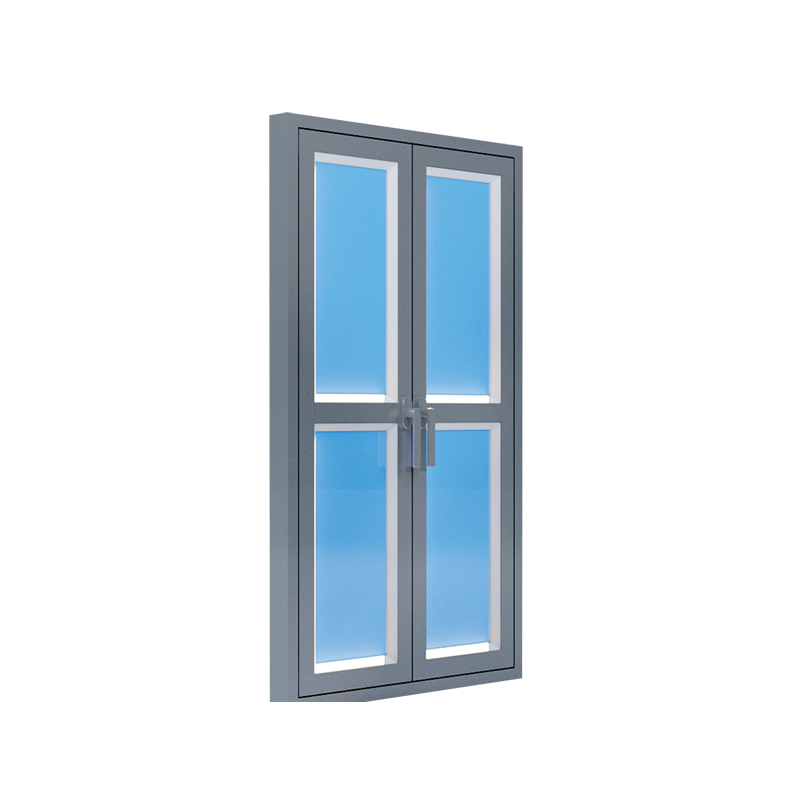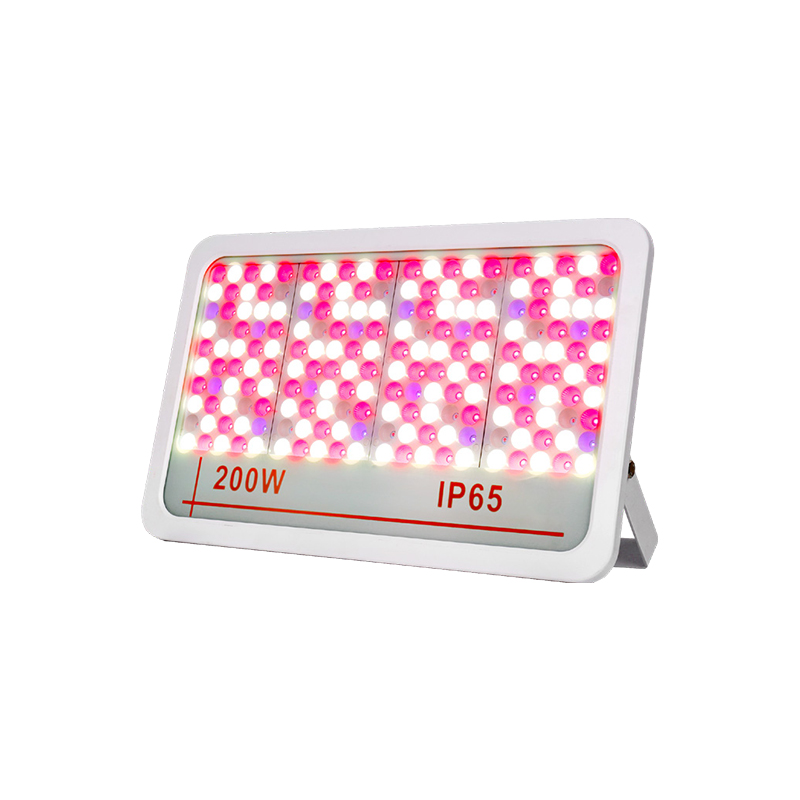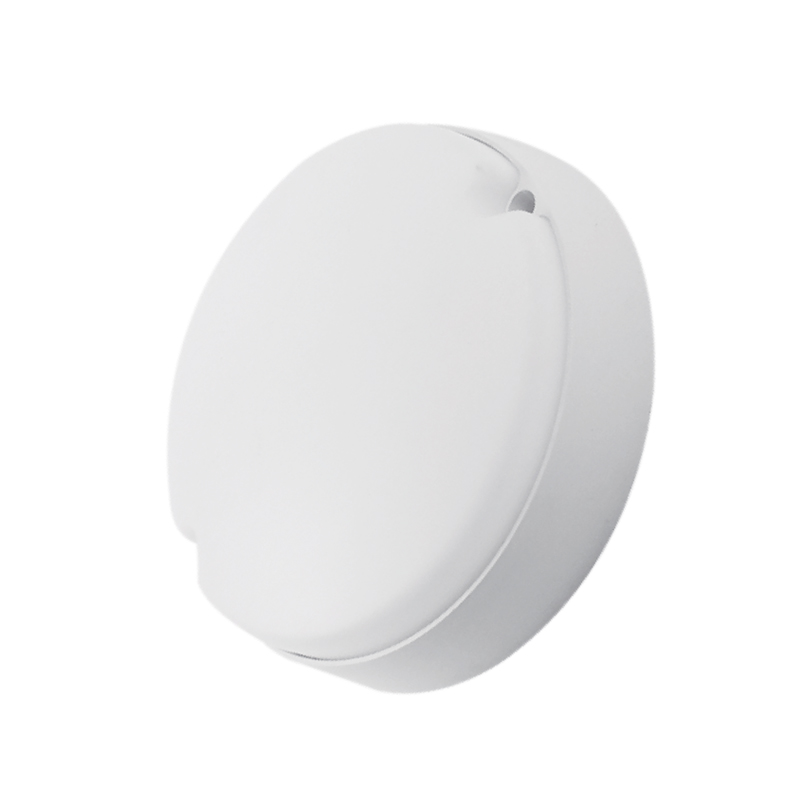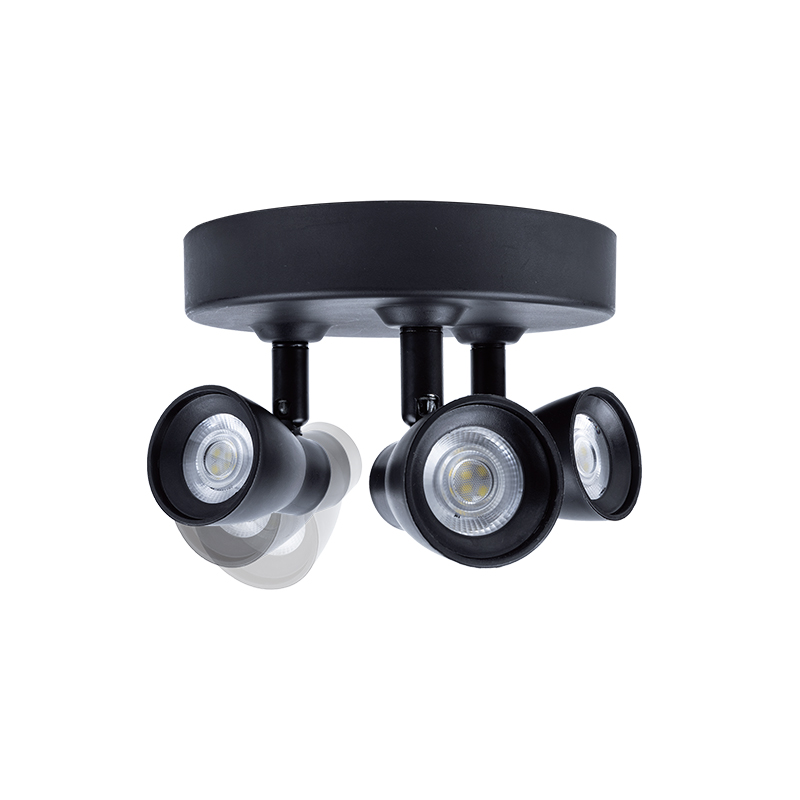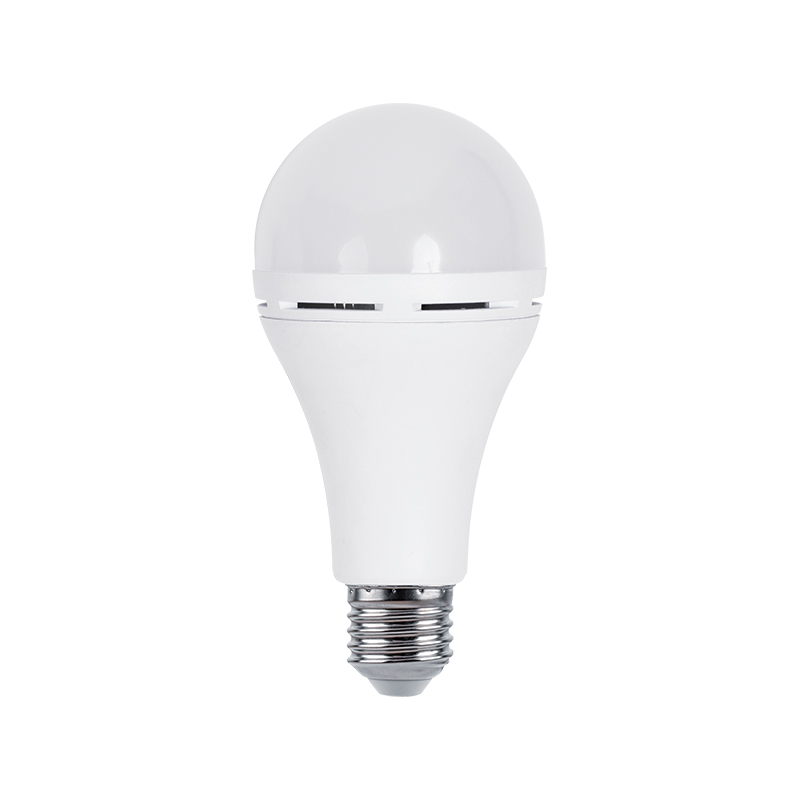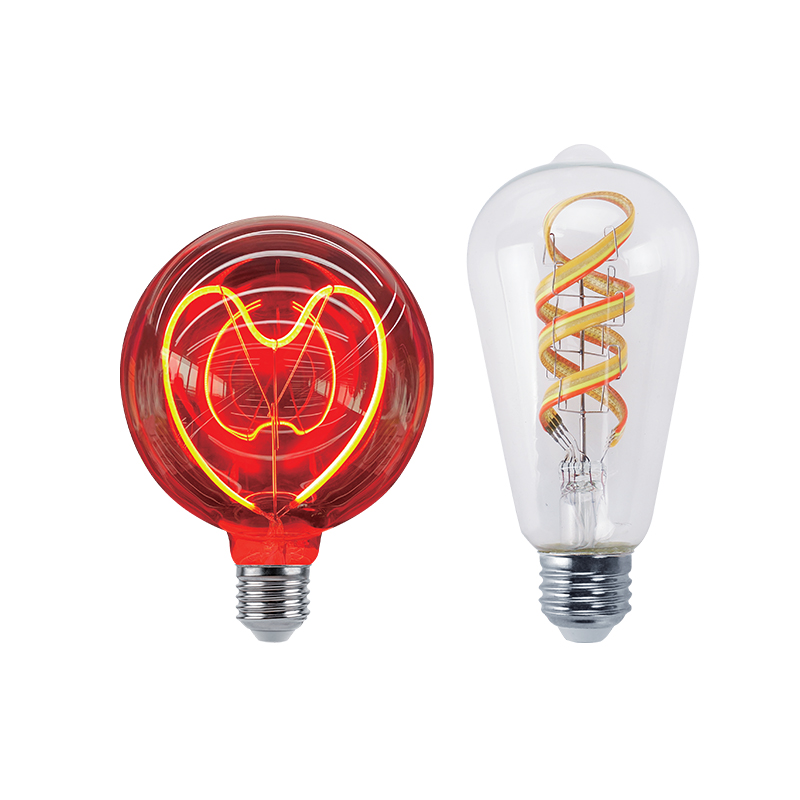We sincerely look forward to establishing a long-term development partnership with you with good quality and professional services.
In the field of modern lighting engineering, rotatable linear lamps are gradually becoming the preferred solution for professional designers. Their core value lies in breaking through the limitations of traditional fixed lamps and achieving free regulation of light direction through precise mechanical rotating structures. Behind this seemingly simple rotation function, there is actually a deep understanding of mechanical engineering and optical design. Its performance directly determines the reliability and accuracy of the lamp in practical applications.
The high-quality rotatable structure is first reflected in its excellent stability performance. When the lamp is at any rotation angle, the internal precise damping system must be able to effectively counteract the torque generated by its own weight to ensure that the lamp will not produce unexpected angle deviation due to gravity. This stability needs to be maintained not only under static conditions, but also to withstand slight touches or airflow disturbances that may occur in daily use. To achieve this goal, advanced designs often use special alloy bearings with multi-stage friction plates to generate just the right resistance through molecular friction between materials, which not only ensures a smooth feel during rotation, but also provides reliable positioning retention. This delicate balance places high demands on material science, requiring engineers to accurately calculate and repeatedly test the friction coefficient of metal surfaces.
Angle adjustment accuracy is another key indicator to measure the professionalism of rotatable linear luminaires. In places such as commercial lighting and art galleries where light control is strictly required, luminaires need to be able to accurately direct the light beam to the target area, and the error range is usually controlled within plus or minus 1 degree. To achieve this level of control accuracy, the rotating mechanism must be equipped with a high-resolution positioning system. Common designs include rotating rings with scale markings, ratchet positioning devices or digital encoders. It is particularly noteworthy that this accuracy must be maintained throughout the entire product life cycle and cannot be significantly attenuated due to the increase in the number of uses. This requires that each contact surface in the rotating structure is specially hardened and self-lubricating materials are used to minimize the loss of accuracy caused by mechanical wear.
The durability of long-term use tests the engineering wisdom of the rotating structure. Professional-grade rotatable linear fixure luminaires often need to withstand more than tens of thousands of rotation operations, and during this process, there must be no problems such as loose structure, abnormal noise or abnormal increase in operating resistance. To achieve this standard, designers need to systematically consider three dimensions: material selection, structural optimization, and manufacturing process. In terms of materials, aviation-grade aluminum alloy or stainless steel is used as the main structure, and special engineering plastics are used as the friction interface, which not only ensures strength but also reduces weight; in terms of structural design, multiple support points and stress dispersion principles are used to avoid local excessive wear; in terms of process level, CNC machine tools are used for precision processing to ensure that the matching tolerance between parts is controlled at the micron level. This all-round quality control enables the rotating mechanism of high-quality products to easily cope with high-frequency usage scenarios.
It is worth exploring in depth that the improvement of these mechanical properties does not exist in isolation, but forms an organic whole with the optical system of the lamp. The stability of the rotating structure directly affects the consistency of the projection of the light beam, and the precise angle control determines whether the light distribution effect of the optical lens can be accurately presented, while the long-term durability ensures that the lighting quality can remain stable over time. This kind of mechatronic design thinking is the essential feature that distinguishes modern rotatable linear lamps from traditional products. When the user easily rotates the lamp body to adjust the direction of the light, it is the crystallization of knowledge from multiple disciplines such as material science, mechanical engineering, and optical design.
From an application perspective, this sophisticated rotatable structure brings unprecedented flexibility to lighting design. In office spaces, lighting solutions can be optimized in real time according to workstation adjustments; in commercial displays, key lighting can be quickly reconstructed as exhibits are replaced; in the field of architectural floodlighting, dynamic light and shadow shaping of building facades is achieved. This adaptability not only improves the efficiency of space use, but also creates a new concept of "evolvable lighting" - lamps are no longer fixed devices that are installed once, but intelligent systems that can be continuously adjusted as needs change.
As lighting technology develops towards intelligence, the mechanical structure of rotatable linear lamps is also facing new challenges and opportunities. Future designs may need to consider integration with electric drive systems, or embed position sensors in the rotating mechanism for digital control. However, no matter how it evolves, the three basic performance requirements of rotational stability, angle accuracy and long-term durability will still be the gold standard for measuring product professionalism. Only by adhering to these mechanical essences can we ensure that lamps continue to provide reliable lighting services in increasingly complex application environments.

 English
English Español
Español Deutsch
Deutsch